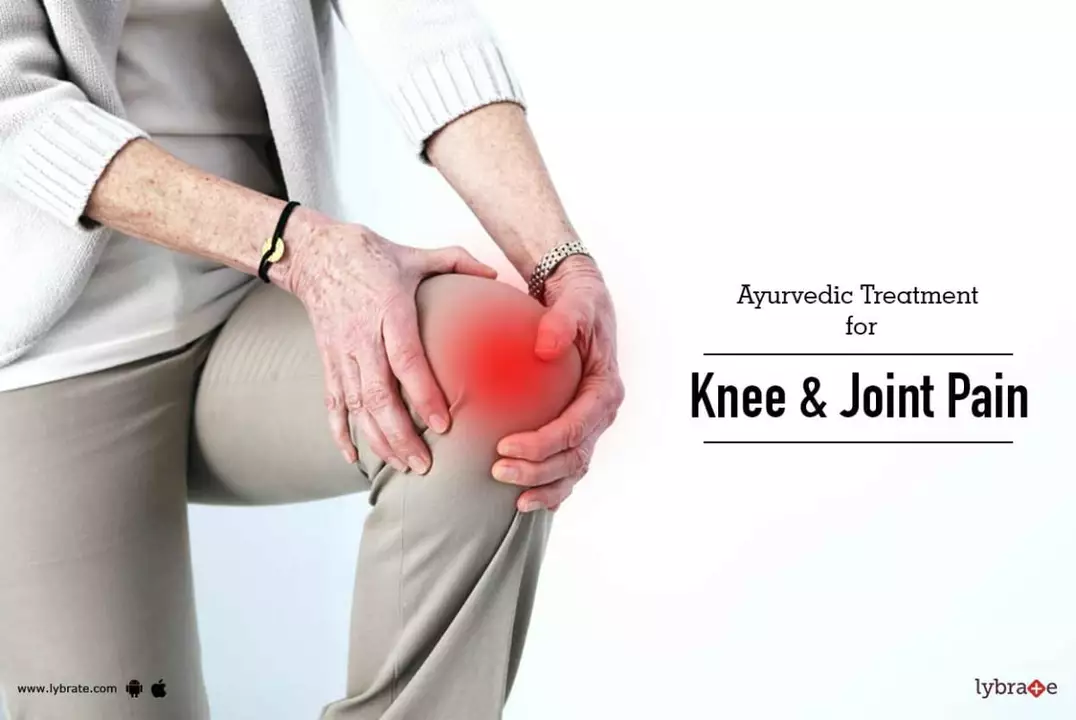As a health-conscious individual, I've been researching the best ways to prevent and treat bone damage. I've discovered that choosing the right supplements is crucial for optimal bone health. After much consideration, I found that calcium, vitamin D, and magnesium are essential nutrients for maintaining strong bones. However, it's important to consult your doctor before starting any supplement regimen to ensure it's tailored to your specific needs. By incorporating the right supplements, we can ensure our bones remain healthy and strong, reducing the risk of damage and fractures.
Bone Damage Prevention: Practical Steps to Protect Your Bones
Bone damage doesn’t always announce itself. You might lose strength or notice shorter posture before a fracture shows up. Good news: a lot of bone loss is preventable. Use simple daily habits and a few medical checks to keep bones strong as you age.
Daily habits that protect bone
Start with what you eat. Aim for 1,000–1,200 mg of calcium a day from food and supplements if needed—dairy, canned sardines, tofu, kale and fortified milks cover most needs. Pair calcium with vitamin D (600–800 IU for many adults, higher if your doctor says so) because D helps your body use the calcium. If you’re curious about prescription vitamin D analogs like calcitriol, see specific guides before using them.
Move your body. Weight-bearing activities—walking briskly, hiking, dancing—or strength training twice a week tell bone to stay dense. Don’t skip balance work: single-leg stands, heel-to-toe walks, or tai chi lower fall risk. Muscle helps bones; stronger legs mean fewer dangerous falls.
Cut back on habits that hurt bone: heavy drinking and smoking both speed bone loss. Limit alcohol and if you smoke, look for a quit plan. Also check medications with your doctor. Some long-term drugs raise fracture risk and might have safer alternatives.
Medical steps & when to see a doctor
Get your baseline. A DEXA scan measures bone density and tells if you need treatment. Many people get the first scan around menopause or earlier if there are risk factors like steroid use, low body weight, or a family history of osteoporosis.
If your doctor suggests medicine, there are well-studied options: bisphosphonates, some newer injections, and in certain cases active vitamin D forms. Ask about benefits, side effects, and how long you should take them. If you already take medicines for other conditions, mention them—some drug combos affect bone or calcium levels.
Fall-proof your home. Remove tripping hazards, add grab bars in bathrooms, keep floors clear and lighting bright. Good footwear and a cane or walker when needed matter more than you think.
Watch for warning signs: sudden height loss, multiple minor fractures, back pain from a collapsed vertebra, or a family history of hip fractures. Don’t wait until a break happens to act.
Supplements can help but aren’t magic. Take calcium and vitamin D as directed, and avoid mega-doses of vitamin A, which can harm bone. Talk to your doctor about blood tests to check vitamin D, calcium, and kidney function—these guide safe supplement use.
Finally, make a simple plan. Schedule bone-friendly exercise three times a week, set a daily calcium goal, and book a DEXA if you have risk factors. Small, steady changes protect bones more than dramatic short-term fixes.
Bone damage prevention works best when lifestyle and medical care team up. If you want reading on specific meds or supplements, check our guides on calcitriol (Rocaltrol), common diuretics, and safe online pharmacy tips for trustworthy sources.

